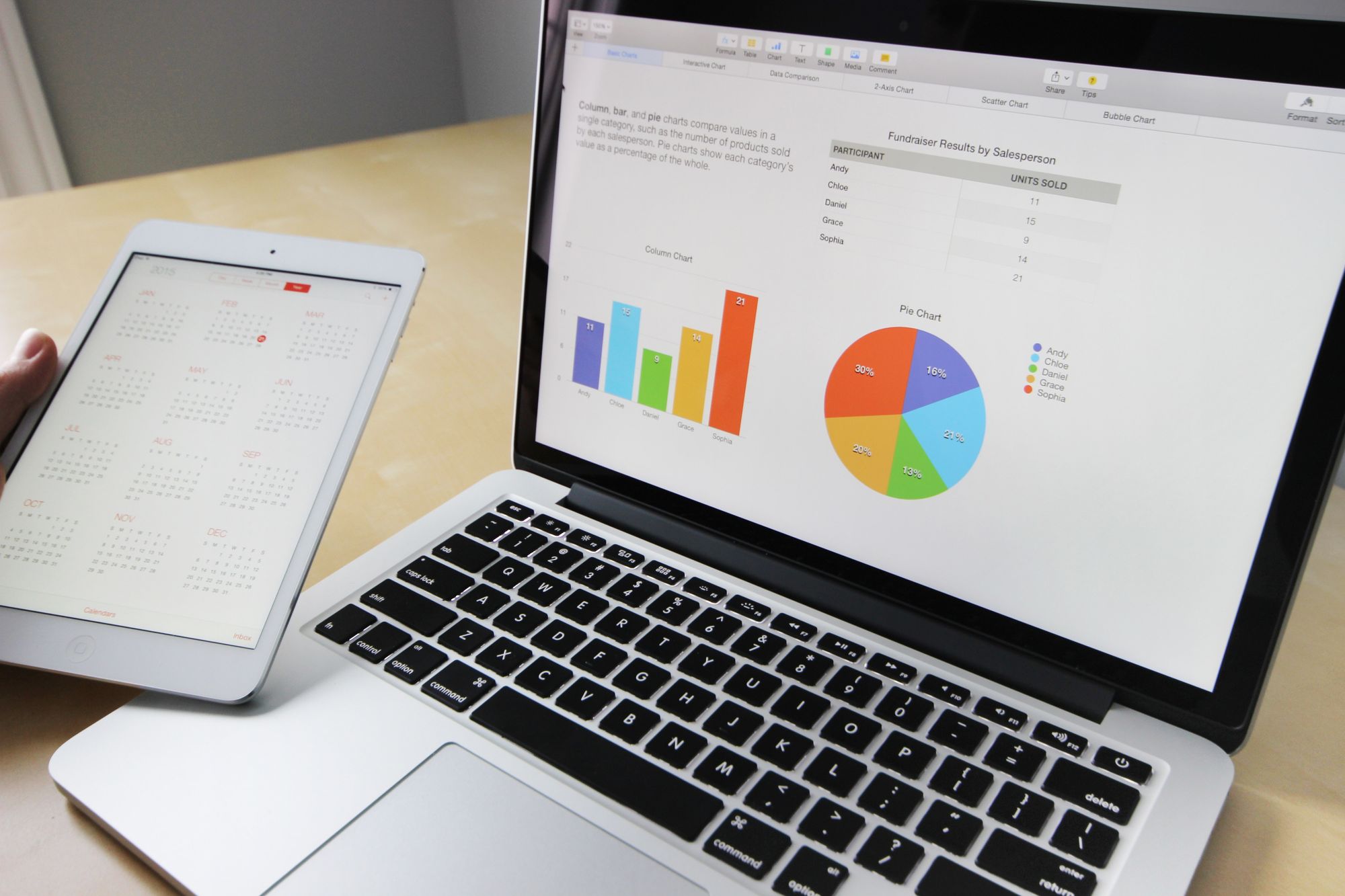What is a Database?
Join us for a laugh-filled trip into the world of databases! We'll explore different types, like SQL, NoSQL, and others, using real-life examples that are easy to understand. Get ready for a fun and simple guide to storing all kinds of information!
Welcome, brave adventurers, to the enchanting world of databases! Fear not, for this fun and lighthearted guide will uncover the mysteries of databases, their many types, and real-life use cases that even a beginner can understand. Get ready to embark on a delightful journey filled with laughter and learning!
What Is a Database?
Picture a database as a magical treasure chest, overflowing with glittering data gems. It's a place where you store all kinds of information, neatly organized and ready to be explored. Think of it as a digital cupboard filled with your favorite snacks (but for data, of course!).

What Type of Data Is Stored in a Database?
Databases can store a vast array of data, much like an all-you-can-eat buffet of information. Feast your eyes on these delectable examples of data:
- User information: Your favorite pizza delivery guy's name, their secret sauce recipe, and the number of pepperonis they slice daily.
- Product details: Every tantalizing flavor of cookies at your local bakery, complete with descriptions, prices, and calorie counts.
- Event details: The lineup for the comedy show you've been dying to see, including performer bios, showtimes, and venue locations.
How Many Types of Databases Exist?
Databases come in a delightful assortment of shapes and sizes, much like the ice cream flavors at your favorite parlor. Let's dive into four main categories: SQL databases, NoSQL databases, data warehouses, and other miscellaneous types.
What Is an SQL Database?
SQL databases are the organizers of the database universe, keeping everything tidy using Structured Query Language (SQL). Picture your data arranged in neat tables with rows and columns, like a perfectly set dinner table.
Real-life example: It's like having a perfectly organized sock drawer, where you can find your favorite pair in a snap.
Popular SQL databases:
- MySQL: The trusty pair of sneakers that you wear everywhere.
- PostgreSQL: The ever-fashionable scarf that never goes out of style.
SQL Database Use Cases
- Online shopping: Keeping track of your never-ending online purchases and wish lists.
- Recipe collection: Organizing your great-grandma's secret recipes and your Pinterest finds.
- Personal library: Managing your ever-growing collection of books, magazines, and graphic novels.

What Is a NoSQL Database?
NoSQL databases are the free-spirited artists of the database world. They prefer flexibility, storing data in various formats like key-value, document, or graph.
Real-life example: It's like a backpack filled with everything you need for an impromptu adventure.
Popular NoSQL databases:
- MongoDB: The multi-tool of databases – versatile and always ready for action.
- Redis: A zippy scooter, speeding through the database landscape.
NoSQL Database Use Cases
- Social media: Storing and organizing all those adorable dog pictures and viral dance videos.
- Fitness tracking: Keeping tabs on your daily steps, workouts, and occasional cheat meals.
- Travel planning: Mapping out your dream vacation, complete with sightseeing spots and local delicacies.

What Are Data Warehouses?
Data warehouses are like enormous, climate-controlled storage units for your data. They store vast amounts of structured and unstructured data, making it a breeze to analyze and generate insights.
Real-life example: It's like a walk-in closet for a fashionista, showcasing every piece of clothing, accessory, and shoe they've ever owned.
Popular data warehouses:
- Amazon Redshift: The colossal warehouse that can fit all your worldly possessions and then some.
- Google BigQuery: The high-tech storage unit with all the fancy security features and climate control.
Data Warehouse Use Cases
- Market research: Analyzing customer preferences, trends, and purchasing habits to create the perfect product lineup.
- Movie recommendations: Crunching the numbers on your viewing history to suggest the next binge-worthy show.
- Supply chain management: Keeping track of inventory, shipping, and logistics to ensure your favorite snacks are always in stock.

What Are Other Misc Types of Databases?
Let's explore some other delightful treats in the database candy store:
Time Series Databases
Real-life example: It's like a meticulously kept diary, documenting every detail of your life as it happens.
Popular time series databases:
- InfluxDB: The classic leather-bound journal that ages gracefully.
- TimescaleDB: The digital diary app with all the bells and whistles.
Time Series Database Use Cases
- Weather tracking: Recording temperature, humidity, and precipitation to predict the next snow day.
- Stock market analysis: Monitoring the ups and downs of your favorite stocks to make informed investment decisions.
- Fitness progress: Tracking your weight, workouts, and meal plans over time to celebrate your gains (or losses!).

Graph Databases
Real-life example: It's like a massive, interactive family tree of your friendships, hobbies, and favorite hangouts.
Popular graph databases:
- Neo4j: The sprawling, artistic family tree that covers an entire wall.
- Amazon Neptune: The sleek, digital version that's always up to date.
Graph Database Use Cases
- Networking: Finding connections between colleagues, mentors, and potential job opportunities.
- Recipe exploration: Discovering new dishes based on shared ingredients or flavor profiles.
- Movie connections: Unraveling the intricate web of actors, directors, and film genres.

A Database for Every Curiosity
Now that we've taken a hilarious romp through the world of databases, you're armed with the knowledge to tackle any data-related challenge. From SQL and NoSQL to data warehouses, time series, and graph databases, there's a database flavor for every taste.
As you venture forth into the realm of data, remember to savor each database like a fine wine or a decadent dessert. After all, variety is the spice of life (and databases)!



Comments ()